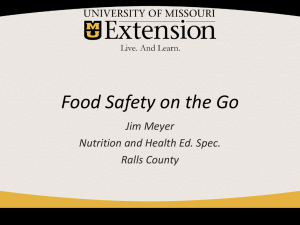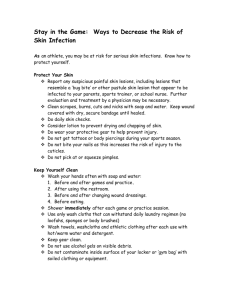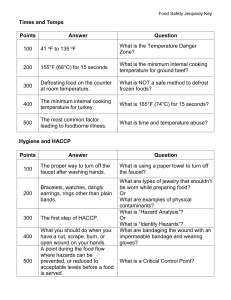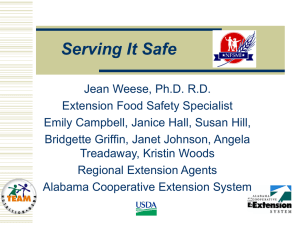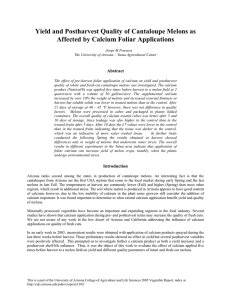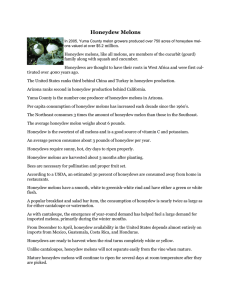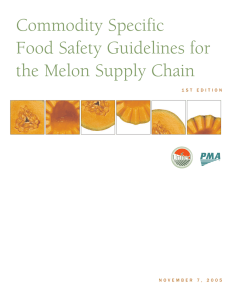Why do we need food safety? (10:50 – 11:00 am)
advertisement
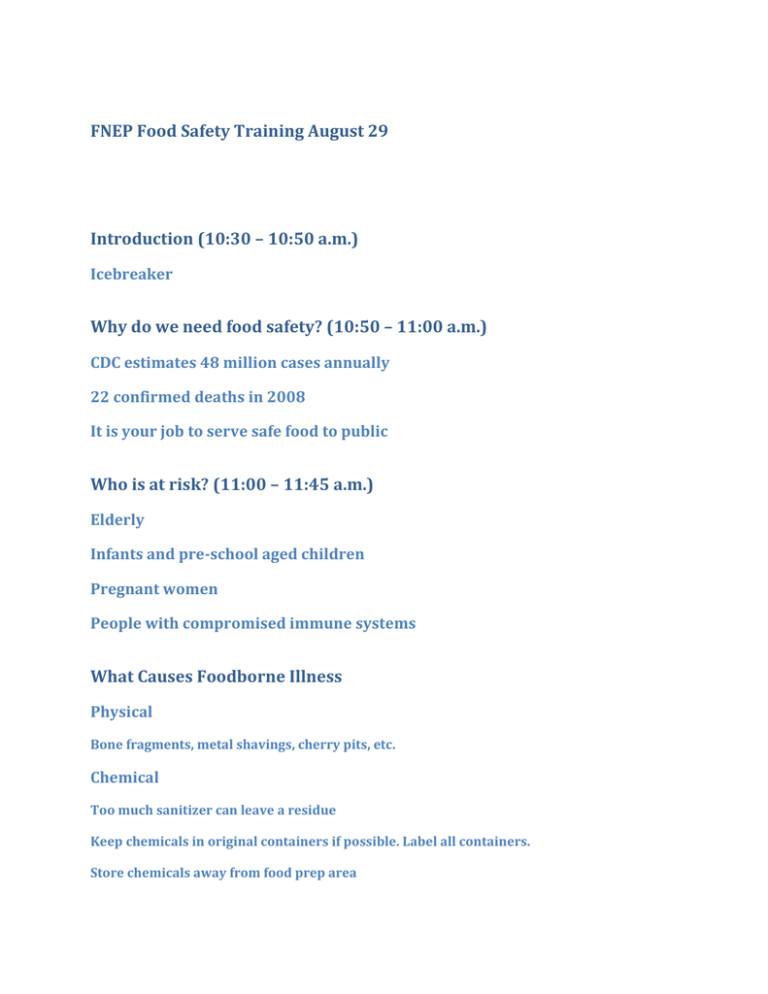
FNEP Food Safety Training August 29 Introduction (10:30 – 10:50 a.m.) Icebreaker Why do we need food safety? (10:50 – 11:00 a.m.) CDC estimates 48 million cases annually 22 confirmed deaths in 2008 It is your job to serve safe food to public Who is at risk? (11:00 – 11:45 a.m.) Elderly Infants and pre-school aged children Pregnant women People with compromised immune systems What Causes Foodborne Illness Physical Bone fragments, metal shavings, cherry pits, etc. Chemical Too much sanitizer can leave a residue Keep chemicals in original containers if possible. Label all containers. Store chemicals away from food prep area Toxic metals Microbial Viruses Norovirus Hepatitis A Bacteria Common in the environment Some are very hardy Multiply by division, growth is exponential Fungi Can produce toxins such as aflatoxins Grow well in acidic food with little moisture Some are part of the food and are okay to eat Usually can see or smell in food Can cut out mold in some foods; discard food in other cases FATTOM Food Identify perishable foods Acid pH of 4.6 is the dividing line Time Show growth curve of bacteria and the 4 hour rule Temperature Temperature danger zone 41 – 135 deg. F Oxygen Moisture Lunch (11:45 – 1:00 p.m.) Food Allergies (1:00 – 1:15 p.m.) More common than before Need to know all ingredients Prevent cross-contact Check with teacher or school nurse before entering class Prevention Measures (1:15 – 1:30 p.m.) Controlling time and temperature Use a thermometer Different types of thermometers Calibrate a thermometer with freezing point method Check temperature of refrigerator and freezer Check endpoint cooking temperature Personal Hygiene (1:30 – 2 p.m.) Clothing, jewelry and hair restraints Handwashing demo Stress disposable paper towels vs. cloth hand towels Hand sanitizers Stress limitations What to do if you have an illness Sore throat, fever, coughing, sneezing, etc Open cuts and sores Disposable gloves Use the right size Change when dirty Wash hands before wearing Change at least every 4 hours Don’t eat, drink or smoke while preparing food Break ( 2:00 – 2:20 p.m.) Sanitation (2:20 – 2:45 p.m.) Clean before you sanitize Sanitize with a 200 ppm chlorine solution; 1 tablespoon bleach per gallon water Let air dry Transporting Food (2:45 – 3 p.m.) Clean and sanitize coolers Use ice packs or loose ice Cold foods – 6 hours Hot foods – 4 hours Use plastic or clean towels in vehicle Break (3 – 3:10 p.m.) Preparing fruits and vegetables (3:10 – 3:20 p.m.) Wash under running water, use soft bristle brush on outside of melons and other fruits Do not use soap; may leave residue Cut fruits like apples will turn brown Cut melons and tomatoes need refrigeration Regulations (3:20 – 3:30 p.m.) Subject to Local health rules Contact sanitarian for guidance We teach USDA but you follow FDA rules Wrap-up (3:30 – 4 p.m.) Questions
